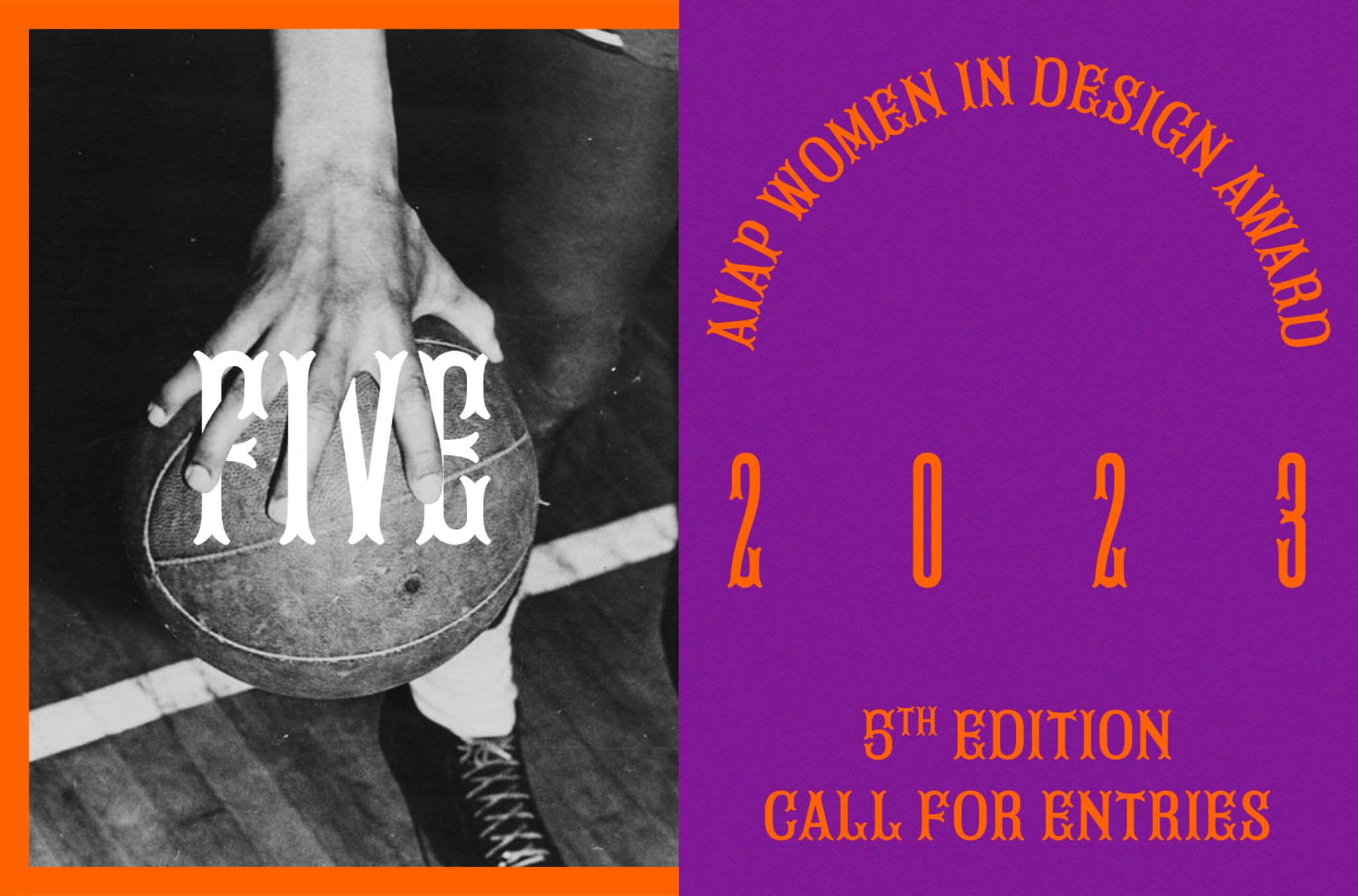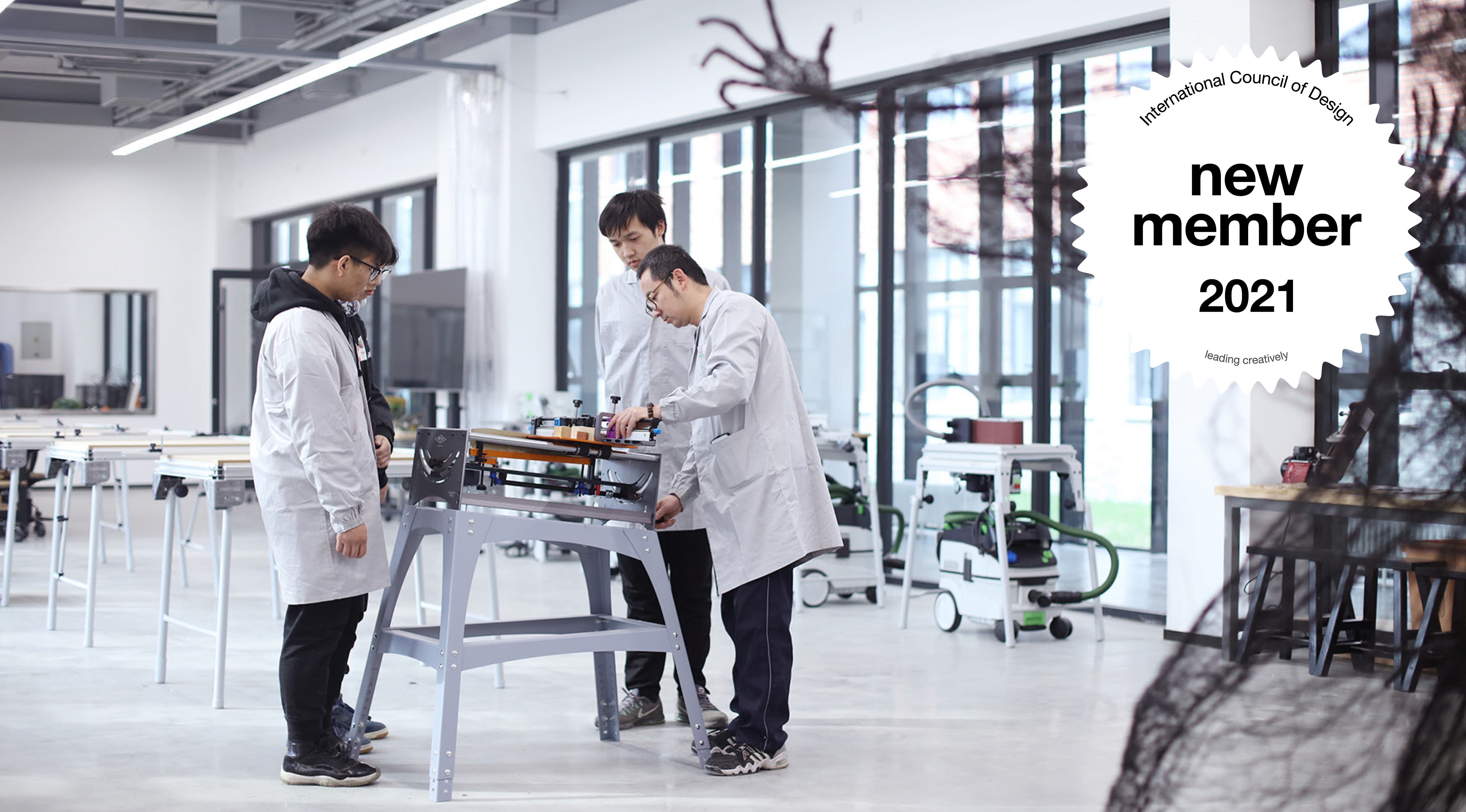Communication Design: Interdisciplinary and Graphic Design Research [journal] Volume 4 (1+2)

02.05.2017 News
ico-D is pleased to announce the release of Communication Design: Interdisciplinary and Graphic Design Research [journal] Volume 4 (1+2) May - November 2016 with cover design by the team of Niall Sweeney and Nigel Truswell who together form the London-based design studio, Pony.
Editorial Volume 4 (1/2) by Editor-in-Chief Teal Triggs
Research Notes: Communication Design
This Volume Four double issue is published in the year that the term ‘post-truth’ entered the Oxford Dictionary. With political commentary being obsessed by ‘fake news’, Brexit and Donald Trump, ‘post-truth’ has come to mean the idea that public opinion is increasingly being shaped less by objective reporting than by emotion-driven personal beliefs. Some argue that the speed through which information is communicated on social media platforms has been the catalyst in a shift in politics from objectivity to subjective irrelevancy. And, with subjective irrelevancy comes a new (post-) aesthetic; you need only be reminded of the images of Donald Trump and his family in the Baroque and bling-filled home interiors of Trump Tower.
The visual representation of an opulent age has historical precedents. We begin this issue with ‘Transatlantic eccentricities: tuscan typefaces as an example of transnational typographic taste’, written by Priscila Lena Farias, who seeks to understand ‘graphic memory’ and 19th century taste as conveyed in the distinctive, curved ornamentation of ‘tuscan’ letterforms. Farias explores this specifically in the context of Brazilian publishing and the commercial almanacs produced in Rio de Janeiro and São Paulo during the latter half of the 19th century. A systematic analysis of the almanacs undertaken by two research teams under Farias’ lead, resulted in a taxonomy of frequency of use and selection. The researchers’ findings evidenced the ways in which tuscan typefaces were used as a ‘mark of distinction’ by trade advertisers to attract readers’ attention for their products or services; a practice which continues through the work of contemporary South American sign painters.
Aesthetics and its role in graphic design is still a topic which never ceases to prompt debate among design professionals and educators; and this is no different in Hong Kong. In his article ‘Professional Graphic Design Knowledge in Hong Kong: from graduate to professional’, Benson Pun Sin Cheung questions the ways in which design professionals in Hong Kong are trained at university and how this might be linked to levels of professionalism and the acquisition of professional knowledge. Is it possible to move beyond an overemphasis on the importance of aesthetic appearance and styling?
Taking a mixed methods approach, using interviews and surveys, Cheung has systematically evidenced the ways in which different stakeholders (e.g. academics, employers and graduate designers) respond to some of the key issues: what is the ‘scope of professional knowledge’ and, what constitutes sufficient academic and workplace training for graphic design graduates. Such studies will go some way to providing evidence for strategic developments for the profession more broadly.
The aesthetics of the digital sphere introduce another set of propositions around the aesthetics of form and function of communication. Carolyn L. Kane’s article ‘Gif’s That Glitch: eyeball aesthetics for the attention economy’ provides an insightful survey of the rise of Gifs as a new digital art form. This new subgenre of Internet art is positioned within a trajectory of avant-garde art employing ‘anti-communicative techniques’, whilst at the same time establishing a new kind of visual rhetoric and aesthetic based on compression and algorithmic code. Bringing together a range of examples, Kane show us that if you look beyond ‘the surface veneer of visual noise’, glitch aesthetics brings another perspective on ‘critical reflections on the life and processes that shape our social and political paradigms of control.’
We continue with our series highlighting the importance of archives in communication design. In this Volume, Sue Perks, a designer, educator and researcher, draws our attention to the value of archives within the postgraduate student experience. This ranges from a methods introduction for exploratory practice used in the context of ‘creative impetuses for design projects’. Perks draws examples from key collections primarily in art and design universities including her own institution - the University for the Creative Arts Epsom, Surrey, UK – which holds collections of notable illustrators, artists, designers and animators including the works of Bob Godfrey, David Birch, and Foundry Types.
The inspiration taken from history is the basis for this visual essay ‘The creative process within sketching’ by Sarah von Buren in collaboration with Leslie Atzmon. Von Buren is fascinated by Charles Darwin’s sketches, and uses his work as a prompt to explore non-linear creative processes with design students at Central Saint Martins, UK; she collates her results in this essay.
We’ve introduced a new section in this volume called ‘Workshop Reflections’. We are interested in exploring the themes around which designers engage more actively in dialogue, but also how workshops are designed to facilitate meaningful interaction. To this end we invited Lauren Currie to reflect on her workshop ‘designing designers’ held during the Designing Interaction Design Education Workshop held in Finland in 2016. The Education Platforms organised by ico-D have been particularly key gatherings for gaining new insights into different pedagogical and strategic practices worldwide. Rebecca Wright, ico-D Vice-President and a speaker at this year’s workshops held in Pasadena, California, US, asks ‘how do we realize the agency of ico-D and its community to impact understanding of the value of design?’
The Journal’s Review Editors have been busy commissioning new and exciting takes on exhibitions, books and conferences. We are particularly pleased with the breadth of events and voices represented in this issue hailing from Brazil, Canada, Istanbul, The Netherlands, Thailand, UK and the US. Collectively, these reviews evidence a continuing increase in interest in documenting and moving forward discussions in graphic design education, research and practice.
Our cover for this issue is designed by the team of Niall Sweeney and Nigel Truswell who together form the London-based design studio, Pony Ltd. We asked for a different approach to this volume’s cover image; their solution reminds us that despite a post-truth climate, design can still be playful.
Links
Editorial Volume 4 (1/2) by Editor-in-Chief Teal Triggs
Research Notes: Communication Design
Communication Design: Interdisciplinary and Graphic Design Research 3(2)
. This feature recaps the flash narrative created for the launch of the first issue of Communication Design: Interdisciplinary and Graphic Design Research 3(1) including reference to iterations of the journal: icographic (1970+) and iridescent (2000/2011).
Communication Design Call for Papers news story
Call for Papers:
Pony Ltd. is a graphic design studio founded at the beginning of the 21st century. It is the creative collaboration of Niall Sweeney (Dublin) and Nigel Truswell (Sheffield). Based in Whitechapel, London, they work in Britain, Ireland and internationally. Output at the studio ranges from popular culture to the avant-garde, from high-brow to low-brow, creating for print, screen, three dimensions, sound and performance. Their work has been published, exhibited, performed, collected and screened around the world. Pony has a keen interest in words, pictures and the chance of a dance.
Communication Design
Editorial Board
Editor-in-Chief
Teal Triggs, Royal College of Art, UK
Editors
Leslie Atzmon, Eastern Michigan University, USA
Kyle Hyunsuk Kim, Hongik University, South Korea
Paul J. Nini, The Ohio State University, USA
Karel van der Waarde, Graphic Design Research, Belgium
Reviews Editors
Priscila Lena Farias, Universidade de São Paulo, Brazil Deborah Littlejohn, North Carolina State University, USA Joyce Yee, Northumbria University, UK
Editorial Board
Sean Adams, Art Center College of Design, USA
Alison Barnes, London College of Communication, University of the Arts London, UK
Audrey G. Bennett, Rensselaer Polytechnic Institute, USA
Sherry Blankenship, Ohio University, USA
Anne Burdick, Art Center College of Design, USA
Hernan Casakin, Ariel University Center of Samaria, Israel
Selby Coxon, Monash University, Australia
Rebekha Davis, Queensland College of Art, Griffith University, Australia
Cees De Bont, Hong Kong Polytechnic University, Hong Kong
Florian Pfeffer, University of Art and Design, Germany
Robert Harland, Loughborough University, UK
Ashis Jalote-Parmer, Ahmedabad University, India
Susan King Roth, Virginia Commonwealth University, USA
Ruth Klotzel, Estúdio Infinito, Brazil
Simon McIntyre, The University of New South Wales, Australia
Leila Musfy, American University of Beirut, Lebanon
Danne Ojeda, Nanyang Technological University, Singapore
Arne Scheuermann, Hochschule der Künste Bern, Switzerland
Ria (Heila Maria)Van Zyl, University of Pretoria, South Africa
Xio Yong, Central Academy of Fine Arts, China
Evert Ypma, Lucerne University of Applied Sciences and Arts, Switzerland
Jeremy Yuille, RMIT and Meld Studios, Australia
Lawrence Zeegen, Ravensbourne, UK

relatedarticles

in memoriam: essam abu awad (1958-2021)

in memoriam: yu bingnan (1933–2020)


